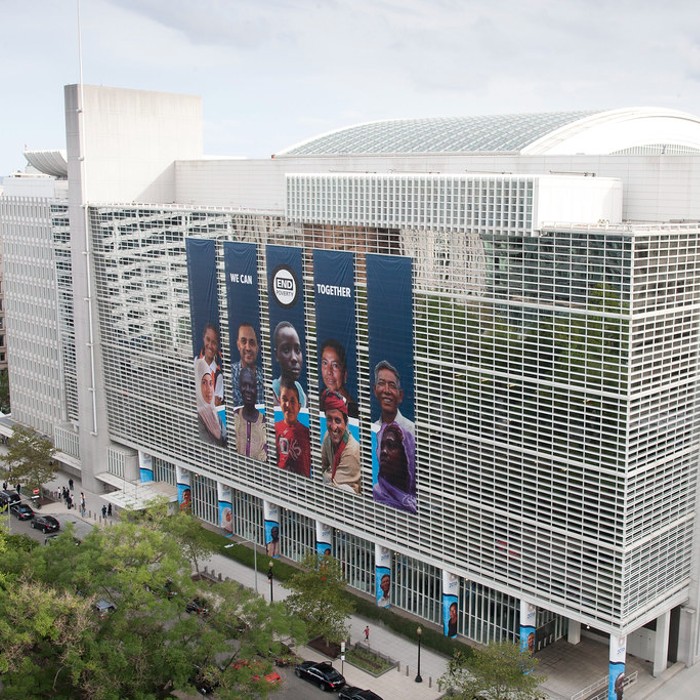Published:
Last September, the World Bank announced it would begin implementing new steps to lend an additional 100 billion over the next ten years. This, along with other new initiatives, would allow the World Bank to lend 150 billion more to developing countries.
The World Bank is looking to funnel these new loans specifically to combat climate change through loans to developing countries and to eliminate poverty around the globe. In order to meet these lofty goals, World Bank President Ajay Banja has said these loans will come from increased budgets in the wealthiest countries. However, these new loans would be outside of the standard shareholder structure. A majority of these loans would come from the U.S.’s 2.25 billion increase in loans as well as contributions from Germany, Japan, South Korea, Saudi Arabia, and Nordic countries. Banja believes these changes alone will allow for an increase in lending between 100 - 125 billion in the next ten years. However, Banja has also said the Bank is looking for new ways to increase lending, including increasing the amount of financing while keeping loans at or near zero percent interest. They are considering offering more loans and special bonds that can act as hybrid capital.
However, the World Bank faces many challenges in meeting this loan. According to Banja, the Bank’s poor organizational structure was holding back its potential impact, with the Bank already in need of a massive cash infusion in order to finance 3 trillion in loans by 2030 to fight for climate adaptation. Coming up with the new 100 billion could be difficult.
The World Bank is also facing controversy for its loans to China. China has become one of the Bank’s biggest borrowers, taking nearly 2 billion a year and 60 billion in the last four decades, with China’s foreign exchange reserves above 3 trillion in January of 2024 and its economy among the largest in the world. Some analysts are wondering if there are countries that could better use these loans. According to the World Bank, once a country’s annual per capita income is above $7000, the country is supposed to have its loans reduced. China passed this threshold in 2016, and yet it receives about 2.4 billion in loans a year, even though it was down to 1.7 billion in 2018. With the World Bank pledging to help developing countries, some analysts think China is receiving a disproportionate amount of loans. However, many of the loans for China are for addressing climate change and mitigating pollution. 38% of the loans go towards “global public goods”. As China is the world’s leading polluting country, there is a lot of potential for improvement that the loans could help facilitate. However, some of the loans are also going towards agriculture and education projects. The previous president of the World Bank thought it was imperative to invest in China in order to play a role in the emerging markets and stay relevant in pushing their agenda.
However, with the planned increases in lending throughout the next ten years, we will see the shifting dynamic of what country the World Bank invests in.
File under






